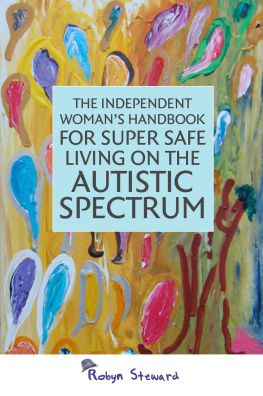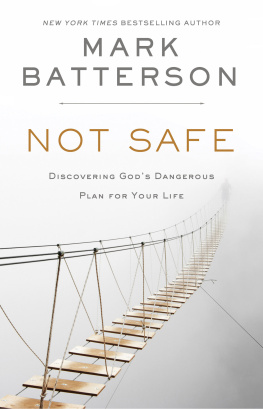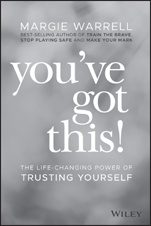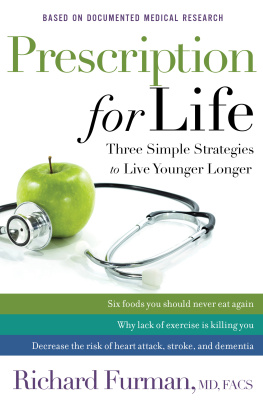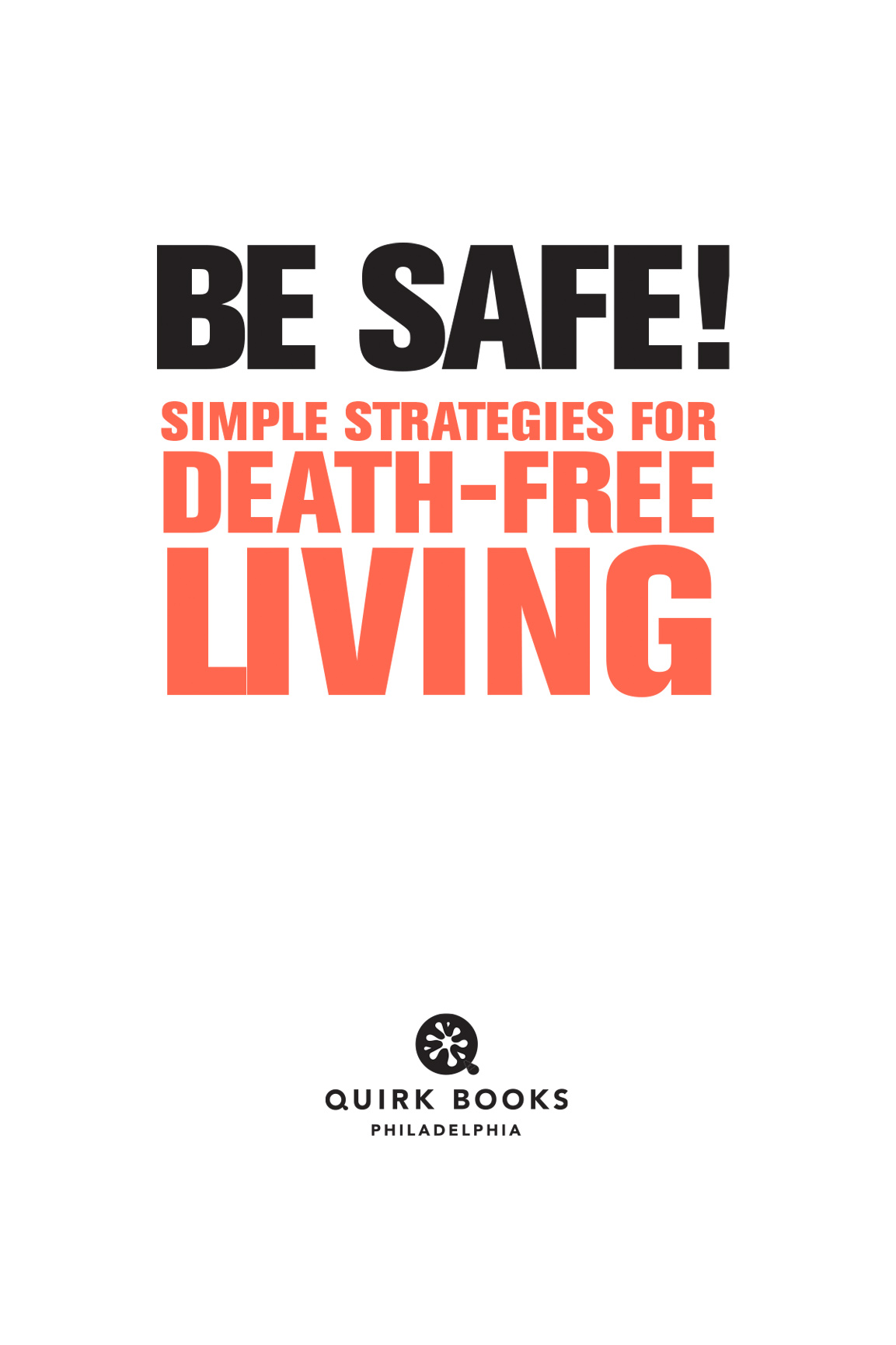Copyright 2004 by Quirk Productions, Inc.
All rights reserved. No part of this book may be reproduced in any form without written permission from the publisher.
Library of Congress Cataloging in Publication Number: 2004103015
eBook ISBN: 978-1-59474-908-7
Hardcover ISBN: 978-1-931686-71-6
Designed by Karen Onorato
Illustrations by Willie Ryan
Quirk Books
215 Church Street
Philadelphia, PA 19106
quirkbooks.com
v3.1
WARNING
! DISCLAIMER: It is our intent to make your life as safe as possible. The safety information included in this book is the conclusion and opinion of the author alone, based on research and interviews with industry experts. The PUBLISHER, AUTHOR, AND EXPERTS DISCLAIM ANY LIABILITY from any harm or injury that may result from the use, proper or improper, of the information contained in this book. We do not claim that the information contained herein is complete or accurate for your specific situation. It should by no means be considered a substitute for good judgment, skill, and common sense. Be careful out there!
EVERYTHING CAN BE DANGEROUS.
The littlest things in our everyday lives can have injurious or even deadly results. Tomorrow, you could catch hepatitis from a toothbrush. You could crash your car on the way to work. You could be killed at a baseball game.
At a dinner party, do you know how to make sure the hors doeuvres wont make your guests sick? In a public bathroom, do you know the cleanest way to dry your hands, or which stall you should choose to best avoid germs? And when you sleep in a motel, do you know how to avoid catching anything from the person who slept there before you? And I do mean anything (see ).
If not, then this book is for you. Heres how to avoid the pitfalls of everyday livinghow to stay safe in a world where everything is dangerous. And while theres no way to completely safeguard your life, there is always a safer way to do things.
Before I started writing this book, I was, for the most part, a normal person with slight, perhaps somewhat magnified, anxieties about things like touching the handles of public toilets and drinking the milk after my roommate takes a swig directly from the carton.
In the beginning, my research made me worry even more. Should I stop eating sushi? Should I even use public bathrooms? Should I throw away all my dishware and go for paper plates to avoid using that dreaded kitchen sponge?
But then my paranoia started to evolve into something else: awareness. Because Ive realized that its all about being aware of your own choices. Simple choices can make all the differencethe seat you choose on the subway, the lane you choose on the highway, the place you sit at a baseball game.
Im not saying you should go out and buy gas masks, eat only canned food (which, by the way, isnt so safe anyway [see ]), and avoid crossing the street on Saturdays. Go about your life. But know when and how to make good decisions. Be aware of when your choices matter, and when they make a difference.
Because everything can be dangerous, and all you can do is try to be safe.
Now go wash your hands.
WHAT IS THE SAFEST POSITION FOR TV WATCHING?
AT LEAST 6 TO 8 FEET FROM THE SCREEN.
WHY? Contrary to those old wives tales, sitting too close to the television wont permanently damage your eyesight or expose you to radiation; it may, however, cause temporary eye fatigue and eyestrain (which can usually be relieved by a good nights sleep). While some television sets built before 1968 actually did emit potentially damaging X-rays, all TVs built since then are completely safe.
! WORDS OF CAUTION:Dont watch television in a completely dark room. This can also contribute to eye fatigue.
WHAT IS THE SAFEST NUMBER OF APPLIANCES TO PLUG INTO AN EXTENSION CORD?
ONE.
WHY? Extension cords are intended only to extend your rangethey are not designed to provide you with additional outlets. All extension cords have a wattage rating, and plugging in multiple appliances will create a demand above that amount. Overloading extension cords can cause fires. Read the rating on the label and be sure youre using the proper gauge cord for the appliance you want to power. If you absolutely must plug in more than one appliance, add up the wattage and be sure the total doesnt exceed the cords rating.
! WORDS OF CAUTION:Never connect multiple extension cords; this increases the risk of sparking. Use a power strip instead: It can handle several appliances at a time because it is designed to shut off automatically if too much wattage is demanded.
WHAT IS THE SAFEST KIND OF LANDLINE PHONE?
A CORDED PHONE.
WHY? Standard corded phones are essential for safety because theyll work during a power outage. In addition, your privacy is more protected when using this kind of phone. Cordless phones are safer only in the event of a lightning storm (see ).
! WORDS OF CAUTION:Be careful what you say when youre on a cordless phone, especially when relaying credit card or bank account information. Anyone with a radio scanneror a baby monitor, a walkie-talkie, or just another cordless phonecan pick up on your conversations. Cordless phones that operate on higher frequencies (902 MHz) are a little better, particularly those that use digital technology.
WHAT IS THE SAFEST POSITION FOR SLEEPING?
ON YOUR SIDE, WITH YOUR KNEES BENT.
WHY? This position takes the most stress off the back and allows for easy breathing. Experts say sleeping on the left side in particular can help ward off heartburn.
! WORDS OF CAUTION:Do not sleep on your stomach. This position hyperextends the whole back and forces you to twist your neck to the side at an unnatural angle. If you are unable to sleep in a different position, experts recommend putting a pillow under your stomach to help straighten out the spine.
WHAT IS THE SAFEST HEIGHT TO CLIMB A LADDER?
NO HIGHER THAN THE THIRD RUNG FROM THE TOP, WITH THE LADDER ON A STABLE SURFACE.
WHY? Standing too near the top can make a ladder unstable and lead to its collapse or your downfall. Literally. Each year, more than 300 people die and more than 164,000 are injured after failing to use ladders safely. If the ladder wobbles from side to side, you increase your chances of falling.
! WORDS OF CAUTION:Know your ladders weight rating and do not exceed it. Most general-use ladders are type III, meaning they can carry up to 200 pounds (90 kg) total. Also, be sure to position the ladder correctly: The bottom should be 1 foot (.3 m) away from the wall for every 4 feet (1.2 m) that the ladder rises. For example, if the ladder touches the wall 16 feet (5 m) above the ground, the bottom of the ladder should be 4 feet (1.2 m) from the wall. Also, if you are going to climb onto a roof, the ladder should extend 3 feet (1 m) higher than the roof










